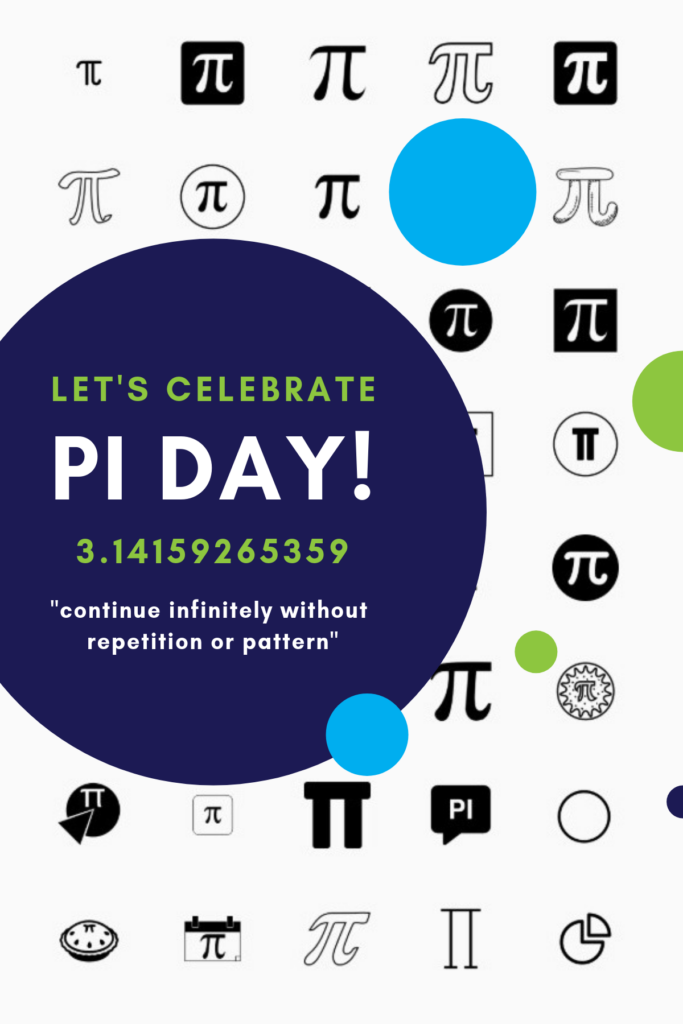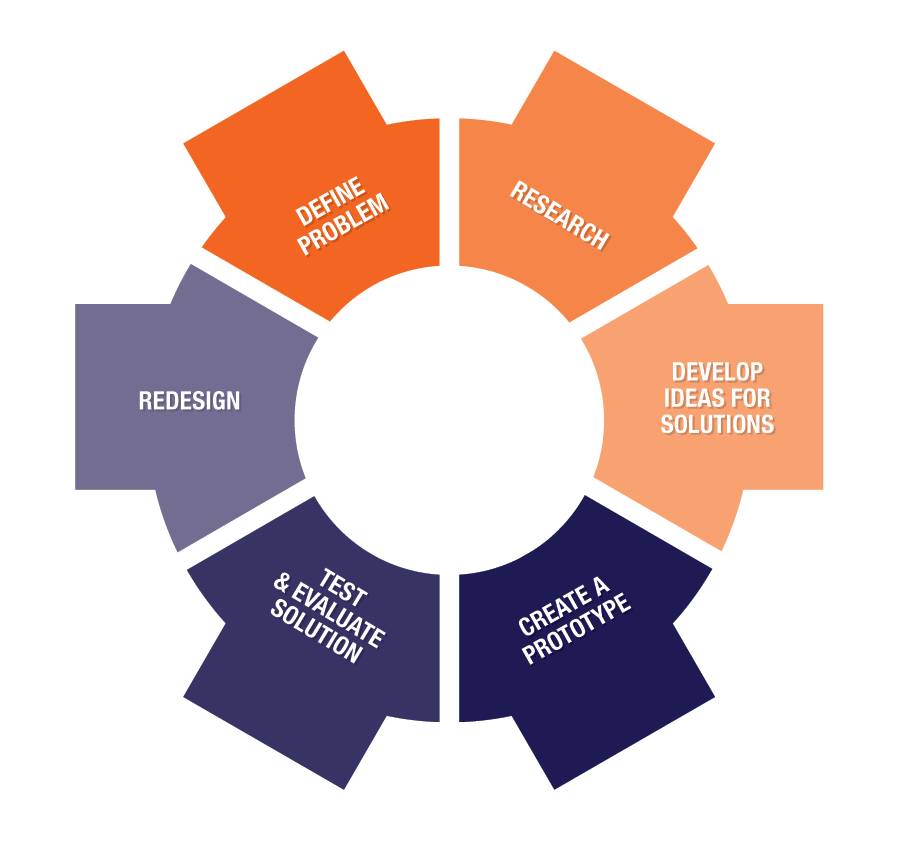National Pi Day Classroom Activity Incorporating STEM and the Engineering Design Process

Pi Day is celebrated annually on March 14 (3/14) to honor the mathematical constant pi (π). This day also coincides with Albert Einstein’s birthday. Pi represents the ratio of a circle’s circumference to its diameter, starting with 3.14 and extending infinitely without repetition or pattern. In 2009, the U.S. House of Representatives officially recognized March 14 as “National Pi Day,” encouraging schools to observe the day with engaging, age-appropriate activities that teach students about pi.
Pi Day Activity: Calculating Pi with Toothpicks

This activity integrates STEM lessons with math to demonstrate the relationship between mathematics and other subjects. By tossing toothpicks onto parallel lines, students can estimate the value of pi.
Materials Needed
- Toothpicks (or matchsticks) – at least 100
- Cardboard or poster board
- Ruler
- Marker
- Calculator (optional)
Instructions
- Draw several parallel lines on the board, with the distance between each line equal to twice the length of a toothpick.
- Ask students to toss toothpicks randomly onto the board.
- Count the total number of toothpicks tossed and the number of toothpicks crossing a line.
- Divide the total number of toothpicks by the number that crossed the lines to estimate the value of pi.
Incorporating the Engineering Design Process (EDP)
To enhance critical thinking and problem-solving skills, integrate the EDP into the activity. The steps include:
- Define: Determine the goal—estimating the value of pi accurately.
- Brainstorm: Discuss strategies to improve accuracy.
- Research/Plan: Develop a plan for optimal toothpick tossing.
- Execute: Perform the experiment as planned.
- Evaluate: Analyze the results and identify improvements.
- Test: Implement the new approach and compare outcomes.
- Share: Present findings to the class.
Benefits of STEM Integration
Incorporating STEM activities like this fosters skills such as critical thinking, creativity, collaboration, and communication. By using hands-on and interdisciplinary approaches, students develop problem-solving abilities and gain a deeper understanding of real-world applications of math and science.



